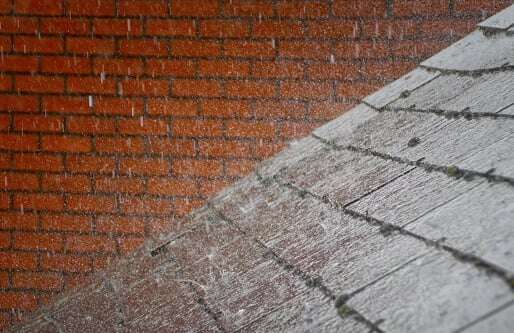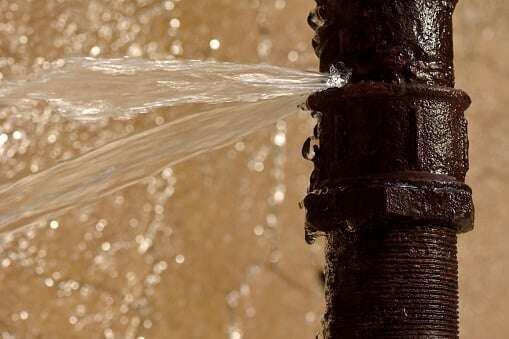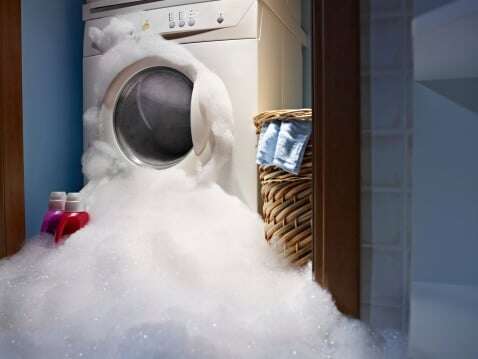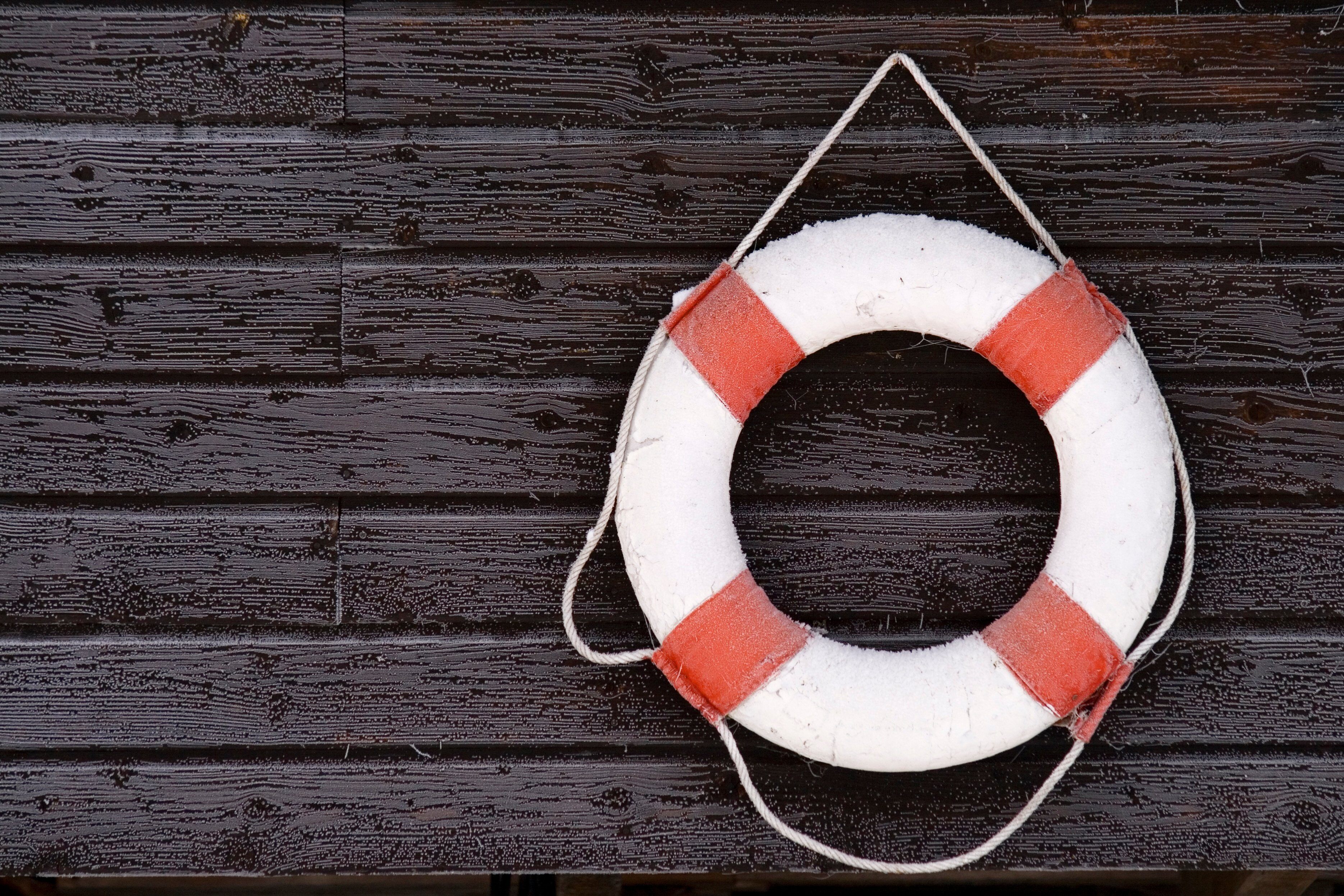 If we could, Experts In Your Home would affix a big, yellow “WARNING” sign on this article. But since we can't, we hope you do your best to shade these words in yellow: Do not – repeat, do not – attempt to climb up on and inspect your roof. Call Experts In Your Home instead.
If we could, Experts In Your Home would affix a big, yellow “WARNING” sign on this article. But since we can't, we hope you do your best to shade these words in yellow: Do not – repeat, do not – attempt to climb up on and inspect your roof. Call Experts In Your Home instead.
The only possible exceptions? If you've climbed up on and inspected your roof before, feel confident that you know what you're doing and have taken the proper steps to ensure your safety.
Many homeowners have never been up on their roof, which is a good thing because many roofs are rather unsafe and are nothing like walking around a home's perimeter on the ground. So for this – the eighth article in our home maintenance tips series on how to protect your home from water damage – we ask that you keep your feet planted firmly on the ground.
You should be able to spot some warning signs of water intrusion and water damage from the ground, especially with a pair of binoculars. Take in the rest from the safe vantage point of a bedroom window – meaning from the interior of your home. Leave an up-close inspection to the roofing Experts. As much as we hope to help you protect your roof from water damage, we hope to protect your personal safety even more.
Flashings
- Inspect the flashings to ensure that they are smooth, intact and in good condition. They should not be curled, cracked or contain holes. Flashing is vital to protecting your roof from water damage. Basically, flashing is weatherproofing that is made of aluminum or steel. It directs the flow of water around openings and prevents water from seeping into your home and causing moisture and mold problems and structural damage.
- Take a close look at the flashings around the chimney, pipes, dormer windows, skylights and any other openings as well as throughout your roof's dips and valleys.
Shingles
- Look for worn, cracked or curled shingles, which should be replaced. Even shingles that are covered with moss may be a sign of poor water drainage.
- Consider asking Experts In Your Home for an estimate on new roof if your shingles are more than 15 years old – the expected lifespan of many shingled roofs.
- Zero in on your older rooftop antenna. Check the footplate and the shingles around the antenna for damage.
Gutters
- Look for a buildup of shingle granules or grit in the gutters – a sign of shingle deterioration that also can interfere with the flow of water from the gutter. Hose out this debris or, better yet, have Experts In Your Home do it for you.
- Consider purchasing gutter shields to block leaves, twigs, dirt and other debris from entering your gutters.
- Check for standing water in your gutters. Experts In Your Home can adjust the slope to ensure proper drainage.
Flat Roof Tips
- Check for standing water and call Experts In Your Home immediately so that we can assess this situation, which can lead to serious water damage in your home.
- Inspect the roof drains for clogs.
- Check for weak or damaged seals on all through-the-roof penetrations.
Experts In Your Home has referred to your home's roof as its umbrella because it shelters your home from water. But just like an umbrella you hold over your head, its veracity is wholly dependent on its condition.
Let the roofing experts at Experts In Your Home thoroughly inspect your roof to protect your home from water damage. This one step could spare you thousands of dollars in water damage – and at a time when insurers often reject claims if they can prove that a homeowner failed to safeguard a home in the first place. That's another “WARNING” sign we hope all Experts customers heed.








